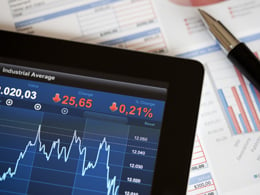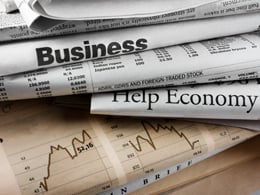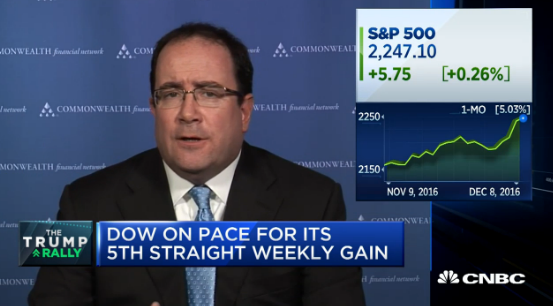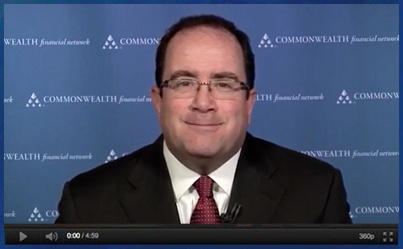Over the past couple of years, I’ve written several posts that explained why U.S. market indices are not the best ways to measure your portfolio. Although it’s natural to look at the Dow, for example, and see how it matches up with your own portfolio, it really isn’t a good comparison.














